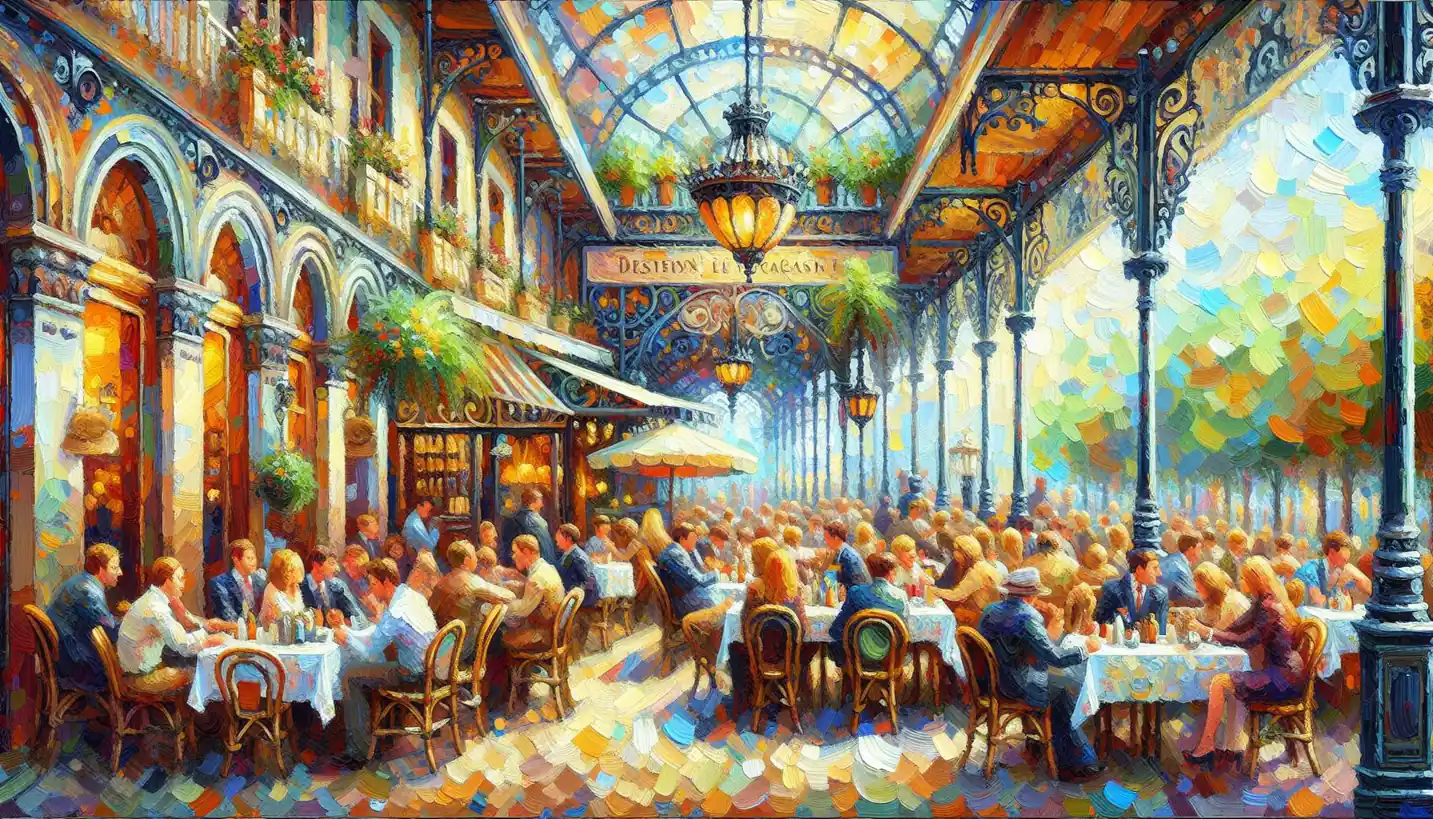· Art · 5 min read
Additive Sculpture: Exploring the Creative Layers of Art
Additive sculpture brings creativity to life by layering materials to form new dimensions. Learn how artists build unique pieces, one layer at a time.

Stepping into the world of additive sculpture is like entering a realm where imagination takes tangible form, layer by layer. This fascinating art concept revolves around the idea of building up materials to create a sculpture, offering endless possibilities for creativity and expression. Let’s explore this artistic process and discover why it continues to captivate artists and art lovers alike.
Picture a sculptor in their studio, surrounded not by chisels and stone, but by an array of materials ready to be brought together into a cohesive whole. Unlike subtractive sculpture, which involves carving away from a solid block, additive sculpture is all about assembling. It’s about adding rather than taking away, a bit like constructing with blocks or layering a cake.
The Basics of Additive Sculpture
Additive sculpture is essentially the process of creating art by piling up different materials. Clay, plaster, metal, papier-mâché, or even recyclables—anything can be used in this technique. The key is that you start with nothing and keep adding pieces, like a puzzle, until your artwork comes to life.
Imagine making a snowman. You start with a small snowball and keep adding more snow until it grows into something recognizable. That’s the beauty of additive sculpture: you start with simple elements, and through creativity and effort, something incredible emerges.
A Historical Perspective
The roots of additive sculpture stretch back thousands of years. Ancient civilizations often used this technique to create ceremonial masks, idols, or architectural embellishments. In African art, for instance, many traditional sculptures were created using additive methods, layering materials like clay over wooden frames.
During the Renaissance, sculptors like Gian Lorenzo Bernini took this method to new heights, combining different materials to craft incredibly detailed and expressive works. Fast forward to the modern day, and artists like Louise Bourgeois and Antony Gormley continue to push boundaries, using additive sculpture to explore themes of identity and the human condition.
Techniques and Materials
The charm of additive sculpture lies in its diversity of materials and techniques. Let’s break down a few popular methods:
Clay Modeling
One of the most traditional forms of additive art, clay modeling allows for precise control. Sculptors can build their creations bit by bit, using tools to refine shapes and textures. The clay’s malleability means artists can make adjustments easily, fostering a dynamic relationship between the artist and their work.
Mixed Media and Assemblage
This technique involves assembling disparate objects to form a new piece of art. Think of it as the grown-up version of your childhood craft projects: gluing various bits and bobs together to create something unique. Artists often use found objects like metal scraps, wood pieces, or everyday items, turning the mundane into the extraordinary.
3D Printing
Incorporating technology into art, 3D printing has revolutionized additive sculpture. Artists can digitally design their sculptures and watch as printers bring their visions to life, layer by layer, with precision that human hands could hardly achieve. This approach has opened new doors for artists, combining art with STEM fields and leading to innovative collaborations.
Why It Matters
Additive sculpture is significant for several reasons. Beyond its artistic appeal, it symbolizes a broader way of thinking: building up rather than tearing down. In a world that often focuses on destruction, the additive process offers a refreshing perspective on creativity as a constructive act.
Moreover, additive sculpture encourages sustainability. By repurposing materials that might otherwise be discarded, artists contribute to environmental conservation. It’s a practical reminder of the potential beauty in things society often overlooks.
The Power of Imagination
The magic of additive sculpture lies in the power of imagination. Artists start with simple elements and, through creativity, transform them into something extraordinary. This process of bringing complex ideas to life through physical forms is not only inspiring but also empowering.
Imagine a world where your thoughts could take shape right in front of you. That’s precisely what additive sculpture allows. It’s a space where imagination is the guide, and the possibilities are as vast as the artist’s creativity.
Future Directions
As technology and materials continue to evolve, so does the scope of additive sculpture. The integration of advanced materials like biodegradable polymers and smart materials that respond to environmental changes can usher this art form into exciting new territories.
Furthermore, virtual reality and augmented reality are reshaping how artists conceptualize sculpture. Imagine creating a 3D sculpture in a virtual space and then printing it as a physical object. This synergy of imagination and technology is transforming what we can achieve with additive processes.
Conclusion: The Ever-Evolving Art Form
Additive sculpture is more than just an art form; it’s a testament to human innovation and creativity. It encourages us to see potential in all materials and explores the endless possibilities of artistic expression. From clay to cutting-edge technology, the journey of additive sculpture continues to inspire and provoke thought.
In exploring the mindset of building up rather than tearing down, this art form holds lessons for us all—reminding us of the profound impact of creating, nurturing, and uplifting. Whether you’re an aspiring artist or simply an admirer of art, additive sculpture invites you to see the world through a lens of curiosity and imagination.


